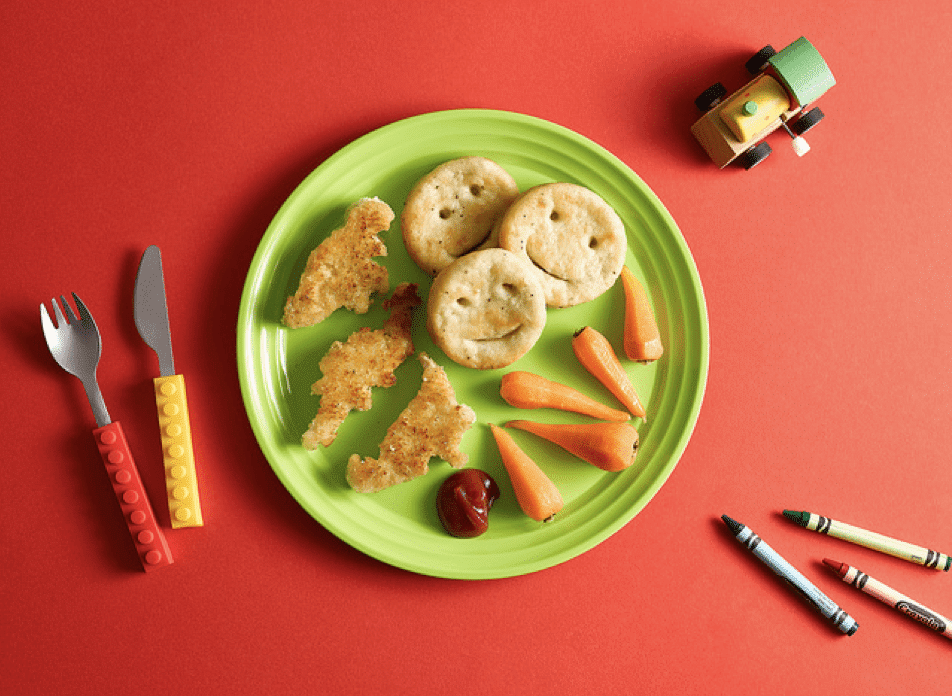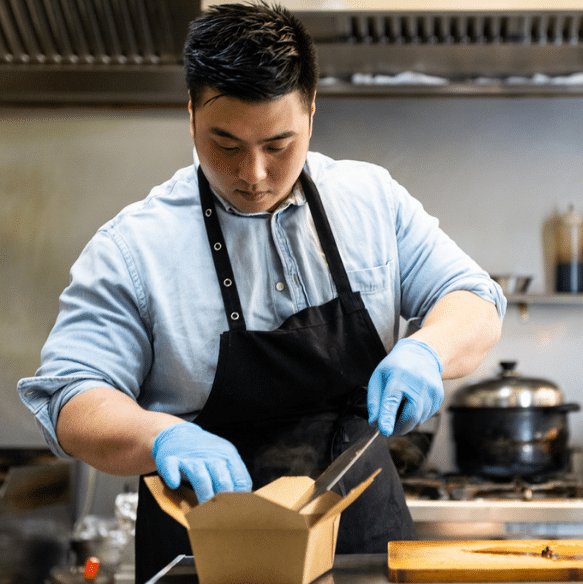Sign up for restaurant insights
Advertising is an effective way for restaurants to drive revenue and build recognition. But with so many platforms and design options out there, how do you know which ad campaign has the biggest impact on your profit margin? The answer is simple: Determine the return on ad spend (ROAS). These calculations can help you develop a refined advertising strategy, set benchmarks, and maximize your budget.
What is ROAS?
Return on ad spend is a metric that helps you determine how much revenue you’re getting for your advertising expenditures. You can run ROAS calculations to determine the effectiveness of a single ad, an advertising campaign, or your entire advertising budget.
Since profit margins are notoriously tight in the restaurant industry, understanding ROAS is a must. This useful metric tells you at a glance which ad platforms, designs, and copy styles have the biggest return. That way, you can allocate the budget accordingly to ensure every advertising dollar is bringing in the biggest benefit for your business.
Factors that influence ROAS include:
- Brand. ROAS is typically higher for established brands that are familiar to customers. When you’re still building brand awareness, return on advertising spend tends to be lower — you’ll need a higher ad spend for each campaign to increase name recognition and boost revenue.
- Market size. In a small market, you eventually reach an advertising saturation point; after that, your ad spend will have a lower impact. Larger markets often have more opportunity for growth as well as increased competition for ad views and clicks.
- Operating costs. If you’re spending a great deal of money to produce an ad campaign, it automatically reduces ROAS. Some restaurants tackle this by investing in templates or procedures that can be reused frequently.
- Cost per click (CPC). Your CPC can vary between ads and platforms. In general, the higher the CPC, the lower the return on ad spend.
- Marketing optimization. The goal of a restaurant ad is usually to drive traffic to your website, online ordering website, or delivery platform. If these locations are well-designed and optimized to encourage further interactions, the return on your ad spending will likely be higher. Confusing or unappealing landing pages tend to make customers leave without ordering, which reduces return on ad spend.
Calculating and using ROAS
The math is simple: To calculate return on ad spend, divide the revenue that’s attributed to an ad by the cost of that ad. The result is usually expressed as a ratio.
ROAS = Ad revenue/Advertising cost
For example, let’s say you spend $200 on a Facebook ad promoting online orders. You use a trackable link and determine that the ad resulted in $1,000 in order value. To calculate ROAS, you’d divide 1,000 by 200 to get an ROAS of 5:1— or 500%.
This method is most effective with digital advertising; you can use technology such as Google Analytics to track link clicks and conversion rates. Keep in mind that it doesn’t account for people who see an ad and take a separate action to engage with your brand.
To benefit from ROAS calculations, you’ll need something to compare your metric to. For example, you might compare the return on ad spend for two different ad campaigns or platforms; the one with the higher ROAS is likely more effective. Alternatively, you might calculate ROAS at the start and end of a quarter to determine if your overall efforts were successful.
You can also get granular with ROAS by pairing it with A/B testing. Try running two ads simultaneously, but use a different image for each one. Calculating the ROAS for each one will tell you which image resonates best with your target audience. Do the same to identify the most effective designs, copy styles, and calls to action for every campaign.
How to improve your ROAS
A good ROAS can vary dramatically between cities and restaurant types. In general, however, a solid target ROAS for restaurants is a 4:1 ratio. In other words, you make $4 in revenue for every $1 of ad spend.
Does your ROAS have room for improvement? Try these tips to increase the revenue for each ad group:
Optimize ad copy and imagery
A high ROAS starts with an excellent advertising campaign. Whether you’re running a Facebook ad or a Google ad, it’s important to choose the right copy, images, and design.
- Copy. Customers might spend just a fraction of a second looking at your ad. To grab their attention, you need a brief but compelling headline. If you need to communicate more information, keep the text short and snappy. Don’t be afraid to use humor and trends; they help ads stand out.
- Images. Bear in mind that ads tend to be relatively small — you need imagery that’s easy to comprehend at a glance. Simple yet striking shots are often the most effective. Photos with minimal backgrounds and vibrant colors stand out from the other elements on a page.
- Design. Most web pages are crowded with text and images. In this environment, clean, bold designs tend to draw the eye.
Improve your landing pages
The strength of your landing pages — where a customer lands after clicking on an ad — has a direct impact on ROAS. Your goal is to ensure each page is attractive and well-organized. You can direct customers to your restaurants’ website or menu to encourage them to place an order right away.
Ways to improve landing pages include:
- Ensure relevance. Make sure the landing page is directly related to the ad copy and imagery. If the campaign references online ordering, for example, direct customers right to your online menu.
- Create a clear call to action. The moment a customer lands on the page, it should be easy to understand the next step. If you want them to book a reservation or start an order, put the button front and center.
- Organize the pages. Use headers, lists, bold text, and images to create a clear information hierarchy. That way, users can scan the page quickly to find the information they need.
- Use high-quality photos. Professional-quality photos capture and keep customers’ attention, which is critical in a crowded online space. Again, make sure they’re relevant to the ad — use food photos if you’re trying to boost orders, or use interior shots for ads regarding party or special-event bookings.
- Focus on speed. Ensure your page loads quickly; if it doesn’t, customers will click the back button.
- Try storytelling. Stories engage customers and keep them on the page longer. Connect the text on a landing page to the campaign message and the overall brand story.
To see if your changes are working, calculate your ROAS before and after the updates. If the return on ad spend increases, it’s a good sign customers are responding to your new landing pages. Don’t stop once you reach the target ROAS; there’s always room for improvement.
Increase customer lifetime value
Many advertisements focus on new customers. That’s fine, but it’s also important to remember your existing customers. Since they’re already familiar with your brand, it often costs less to encourage a sale. By targeting ads to these loyal patrons, you can increase your revenue and ROAS.
How can you target ads to existing customers? If you’re advertising on Google, try Customer Match. This handy tool uses your data to identify current customers and increase their ad views. When advertising on Facebook or another social media platform, you can build a custom audience that includes people in your area who’ve shown an interest in your type of cuisine; chances are, many of your customers will be in that group.
Don’t forget about your email and SMS marketing lists — they contain people who’ve opted in to receive advertisements. The occasional text or email ad can be enough to jog customers’ memories and boost your revenue.
How Grubhub can help
Done well, advertising campaigns can build brand awareness, increase revenue, and improve your restaurant’s profit margin. Calculating the return on ad spend is one way to track the return for each campaign and develop an effective advertising strategy.
As you work to hit a target ROAS, look to Grubhub for support. Joining Grubhub for Restaurants gives you access to built-in promotions and marketing tools — it can help you boost sales and increase customer engagement. Want to discover the benefits for your business? Try Grubhub for Restaurants today.




